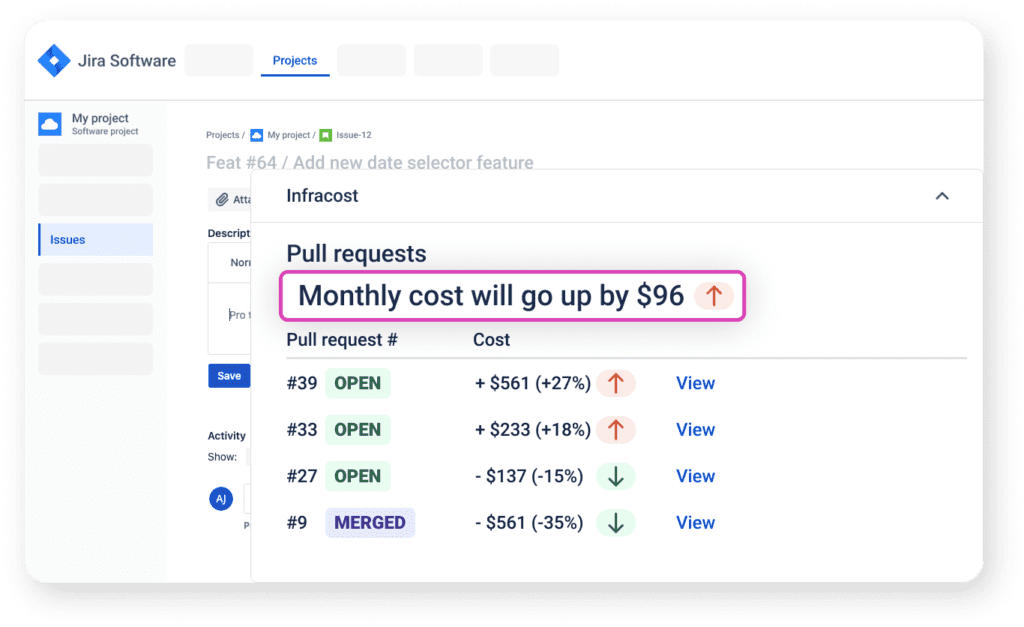Optimize S3 storage costs by implementing intelligent lifecycle policies that automatically move or delete objects based on access patterns and age.
Detailed Explanation
Why This Policy Matters
In the world of cloud cost management, storage often represents a significant and overlooked expense. Amazon S3 offers multiple storage classes, but many organizations continue to store data in the most expensive standard storage class, unnecessarily inflating their cloud spending.
Cost Reduction Mechanism
Storage Class Optimization:
- Move infrequently accessed data to lower-cost storage tiers
- Automatically delete objects that are no longer needed
- Implement intelligent retention policies
Potential Savings Example
Consider a typical scenario:
- 1TB of data in Standard S3 Storage: $23/month
- Same 1TB in Glacier Flexible Retrieval: $3.60/month
- Potential Cost Savings: 84%
Implementation Guide
Infrastructure-as-Code Example (Terraform)
resource "aws_s3_bucket_lifecycle_configuration" "example" {
bucket = aws_s3_bucket.example.id
rule {
id = "transition-to-infrequent-access"
status = "Enabled"
transition {
days = 30
storage_class = "STANDARD_IA"
}
transition {
days = 90
storage_class = "GLACIER"
}
expiration {
days = 365
}
}
}Use Infracost to detect and prevent unnecessary storage costs before they occur automatically. Infracost provides real-time cost estimates and policy enforcement for your infrastructure-as-code, helping you proactively manage cloud expenses.
Manual Implementation Steps
- Review current S3 bucket storage classes
- Analyze object access patterns
- Create lifecycle management rules
- Test and validate transitions
- Monitor and adjust policies
Best Practices
- Regularly audit storage usage
- Implement intelligent retention policies
- Use S3 storage class analysis
- Automate lifecycle management
Recommended Tools
- AWS S3 Storage Lens
- CloudWatch metrics
- Third-party cost management platforms
Example Scenarios
Scenario 1: Backup Archiving
Context: Development team stores monthly database backups
- Before: All backups in Standard Storage
- After: Automated transition to Glacier after 30 days
- Result: 70% storage cost reduction
Scenario 2: Log Management
Context: Application log storage
- Approach: Move logs to Infrequent Access after 15 days
- Delete logs after 90 days
- Outcome: Significant cost savings with minimal operational impact
Considerations and Caveats
Potential Drawbacks
- Retrieval costs for archived data
- Compliance and retention requirements
- Performance implications of storage transitions
When to Be Cautious
- Frequently accessed data
- Strict compliance environments
- Real-time access requirements
Frequently Asked Questions (FAQs)
Create Your Free Account Today
See our entire library of FinOps policies in Infracost Cloud.

